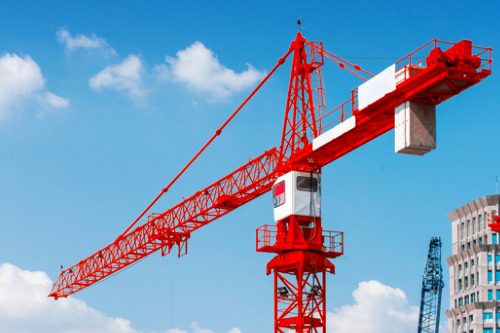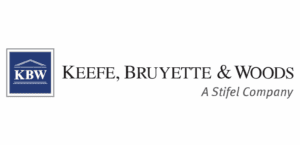Construction site security during public events and holidays

Authored by QBE Senior Risk Manager Ryan Jones
Unauthorised site access is a common risk in the construction industry, and it typically increases during public events and holidays.
Construction sites, especially when unattended, can attract all manner of unwanted security risks, including trespass, damage, vandalism, theft and arson.
Site security isn’t only about protecting your business assets. Security failures have both a financial and a human cost, and there’s a great need to safeguard members of the public to prevent accidents, injury or death. The most likely unauthorised access on construction sites is from young people exploring and treating them like a playground. Unlike the trained workforce, children roaming around a construction site won’t always know the many dangers present and therefore accidents and injuries are likely.
Defining and maintaining the site perimeter is vital in keeping the public safely away from construction work, both in and out of normal working hours. Many of the control measures for both public safety and physical security are the same and call for a joined-up approach.
Increased risk
In the coming months there will be times when risk surrounding construction sites may increase, for example:
Halloween – risk of pranksters on the prowl for fun and to ease boredom.
Guy Fawkes Night (Bonfire Night) – potential fire risk from stray fireworks, fireworks being set off on site by youths, and smouldering sticks falling from fireworks in the area. With potentially fewer people on site, detection of any fire that may occur will take longer and could cause more damage as a result.
Large sporting events – events like the football world cup in November can lead to increased consumption of alcohol and/or substances, so risk of antisocial behaviour and property damage, particularly in town and city centres.
Public holidays (Christmas / New Year period) – closure of sites for longer than usual can make them vulnerable targets.
Loss Mitigation
At QBE, we are working to promote higher standards of loss prevention for construction site security management through best practice, most notably from the Joint Code of Practice – Fire Prevention on Construction Sites 10th Edition.
We recommend carrying out a project specific security risk assessment as best practice, to be subject to review during periods of increased risk exposure.
You need to put in place security measures that are appropriate and proportionate for the specific situation on that site. Using local crime statistics data is useful in determining the level of controls required. Consideration should also be given towards more vulnerable locations such as around educational establishments, recreational areas and local nightlife.
The risk assessment should include consideration of:
Controls
Review of security measures during increased risk periods, such as manned guarding, remote CCTV monitoring, security lighting, tannoy systems, and robust detection and response measures.End of day inspections (formal and recorded) by the site team to ensure the perimeter hoarding is of good standard, with any issues rectified urgently.Provision of automatic fire detection with remote signalling on increased risk sites, such as timber frame and vulnerable areas.
Site appeal
Remove easy access points such as ladders from scaffolding.Cover excavations and large open ductwork.Rather than Heras fence panels, consider using solid site hoarding of significant height that restricts the view and is hard to climb.Minimise the quantity of visible small plant equipment and fuel on-site.Consider implementing additional mobile plant security features such as immobilisers, GPS tracking devices, traceable liquid products and geofencing.
Fire risk
Minimise or move exposed combustible materials, storage and waste in preparation for firework events in the areas.Ensure that all temporary coverings are fire rated.
Public liaison
A good measure to implement is to ensure good public liaison procedures are in place, including contacting local schools and community centres to communicate warnings and share knowledge with young people about the hazards. You could also speak with local residents to ask them to liaise with the site contact in the event of any issues.Provide a telephone contact number on the site hoarding that the public can use to report any issues.Liaise with public authorities such as the local police and fire brigade.
Download our free risk insight
You may find our free Construction site security risk insight a useful read. The insight forms part of our Security (Construction) Toolkit suite of information available to our customers.
Depending upon the size and complexity of the business needs, QBE customers can access a wide range of risk management services, self-assessment questionnaires and risk management guidance which are focused on the key causes of claims, and on generating action plans for improved outcomes – including protecting employees, reducing risk and making claims less likely.
You can find out more about how QBE helps businesses to manage risk here.
Downloads





